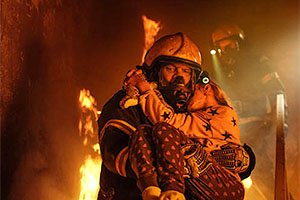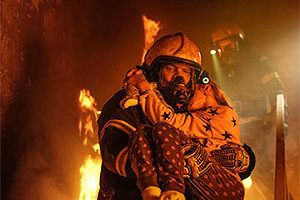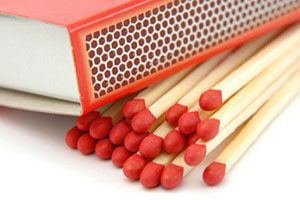
 Every year, a significant number of house fires are started by curious children playing with lighters or matches. These fires cause damage, injuries and death, and the majority could be avoided.
Every year, a significant number of house fires are started by curious children playing with lighters or matches. These fires cause damage, injuries and death, and the majority could be avoided.
In this article, we’ll share some tips to help you understand why children light fires, explain why you must educate them and show you how to identify and remove potential risks in your home to keep your kids and your family safe.
Keep Fire Out of Reach
Always store lighters and matches well out of reach of children, preferably in a locked cabinet or cupboard up high. Never store them in bedrooms, or anywhere that children may go without supervision. Don’t leave lighters or matches in view of kids, even for a short time and always put them away promptly after use.
It’s also important that you don’t allow your kids to perform any task that involves using or holding a lighter or matches, such as lighting a candle or taking matches to an adult. Make it 100% clear that lighters and matches are for adult use only, no exceptions.
Explain the Dangers Clearly

You should also teach young children to always tell a grown-up if they see lighters or matches, whether they are at home, at school, at sports or activities, or a friend or relative’s house.
Always Set the Right Example
We all know children mimic our behaviours, good and bad, so set the right example when it comes to fire safety. Never use lighters or matches as a source of amusement or entertainment and always act responsibly around fires both inside and outside the home. Be mindful of the way you talk about fire too, and don’t use sarcasm or humour when talking about the dangers.
Watch for Fire Starting Danger Signs
Fire starting in children happens when they start to experiment with matches and lighters. Most fires started by children occur when they are left alone, even for a moment, and have access to a flame source. It’s important to be aware that younger children are more likely to set fires inside the home, while older children will usually start them outside. If your child has an interest in fire, it can easily lead to repeated fire starting, so watch for danger signs and take immediate action to prevent it from happening again.
Final Word on Children Starting Fires
Most children will develop an interest in fire, and without appropriate guidance, they may be compelled to start one to satisfy their curiosity.
However, when you educate them about the dangers, keep fire out of reach in the home and have clear and firm rules and consequences for the misuse of fire, you greatly reduce the risk.

